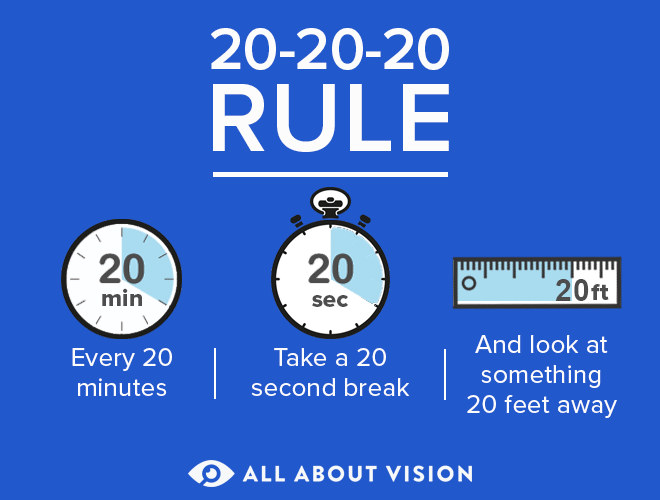Is looking at faraway objects bad for myopic eyes?

No, looking at distant objects does not make myopia (nearsightedness) worse. Myopia causes faraway objects to appear blurry. As a result, it can feel as though your vision is strained when you’re not wearing your glasses or contacts — but that’s just the nature of the refractive error.
Vision can worsen as the eyes age. So, it’s possible that your prescription for eyeglasses or contact lenses needs to be adjusted over time. This is a natural process and is not caused by looking at faraway objects.
Looking at distant objects may relax strained eyes
In some cases, looking at things that are far away can actually relax stressed eyes.
Working on a computer, reading or focusing on other close-up tasks can cause you to experience eye strain — especially if you do any of these for long periods of time. It can also cause blurriness. Those with myopia can likely relate to these symptoms.

Experts advise using the “20-20-20” rule to relieve discomfort caused by such tight focus. Every 20 minutes you spend doing a close-up task, look at an object at least 20 feet away. Look at this object for at least 20 seconds. This is said to help relieve eye strain caused by digital screens.
While the 20-20-20 rule may help temporarily relieve eye strain, it’s important to note that it is not a cure or a way to treat myopia.
READ MORE: Simple ways to reduce computer eye strain
Does looking at digital screens make myopia worse?
As mentioned, digital screens can cause eye strain and irritation. Research also suggests that excessive use of computers, smartphones, tablets and similar devices may contribute to myopia.
Digital screens emit blue light, a level of the visible light spectrum (what humans see) that has high energy and a short wavelength. Our eyes are unable to block intense blue light on their own, so it passes through to the retinas (the light sensitive tissue at the back of each eye). This can then cause irritation and digital eye strain.
One study found that digital screen time can also increase the risk of myopia in adults and children. However, more research needs to be done in order to confirm the association between the two.
In addition to using the 20-20-20 rule to ease discomfort, consider trying a pair of blue light glasses that reflect the harsh bright light while you work on your computer.
When to see an eye doctor for myopia
If you notice that you have trouble seeing things that are far away, it may be time for an eye exam and an update to your vision correction.
Myopia tends to stabilize around age 20, but if you have problems with your vision after this, don’t hesitate to call your eye doctor.
If you have trouble with any of the following, call your eye doctor —
Seeing or following presentations at work or school
Reading street signs
Reading menu boards at restaurants
Seeing as you drive at night
Other difficulty when looking at distant objects
Additionally, call your eye doctor if you experience headaches, eye strain, blurriness or other discomfort in your vision.
Whether or not you have these symptoms, you should have an eye exam annually. And not just to monitor visual acuity (sharpness of vision), but also to check for other eye conditions or diseases. A comprehensive eye exam is the best way to catch all vision problems so that they can be treated appropriately.
Myopia (nearsightedness). American Optometric Association. Accessed January 2022.
Computers, digital devices and eye strain. American Academy of Ophthalmology. March 2020.
Is blue light from your cell phone, TV bad for your health? UC Davis Health. May 2019.
The association between digital screen time and myopia: A systematic review. Ophthalmic & physiological optics: the journal of the British College Ophthalmic Opticians. March 2020.
Nearsightedness (myopia). University of Michigan Health. August 2020.
Page published on Tuesday, March 15, 2022
Medically reviewed on Wednesday, February 9, 2022






